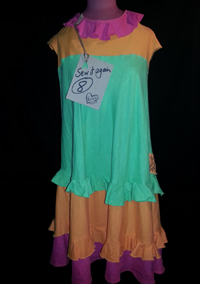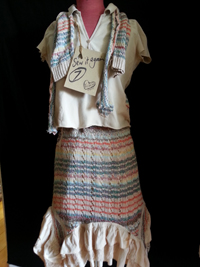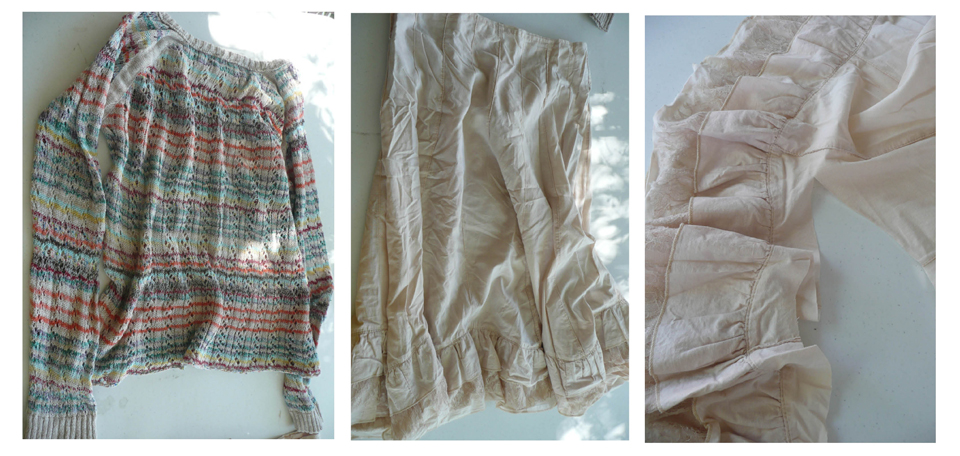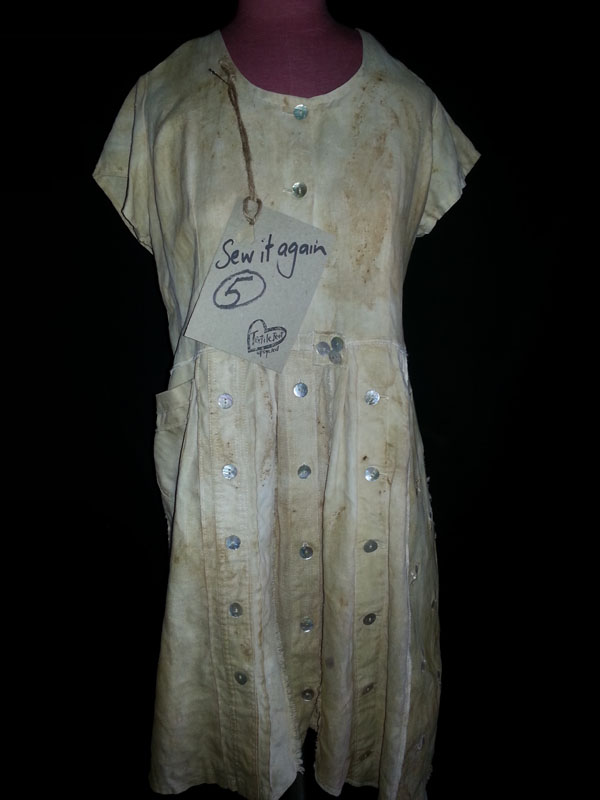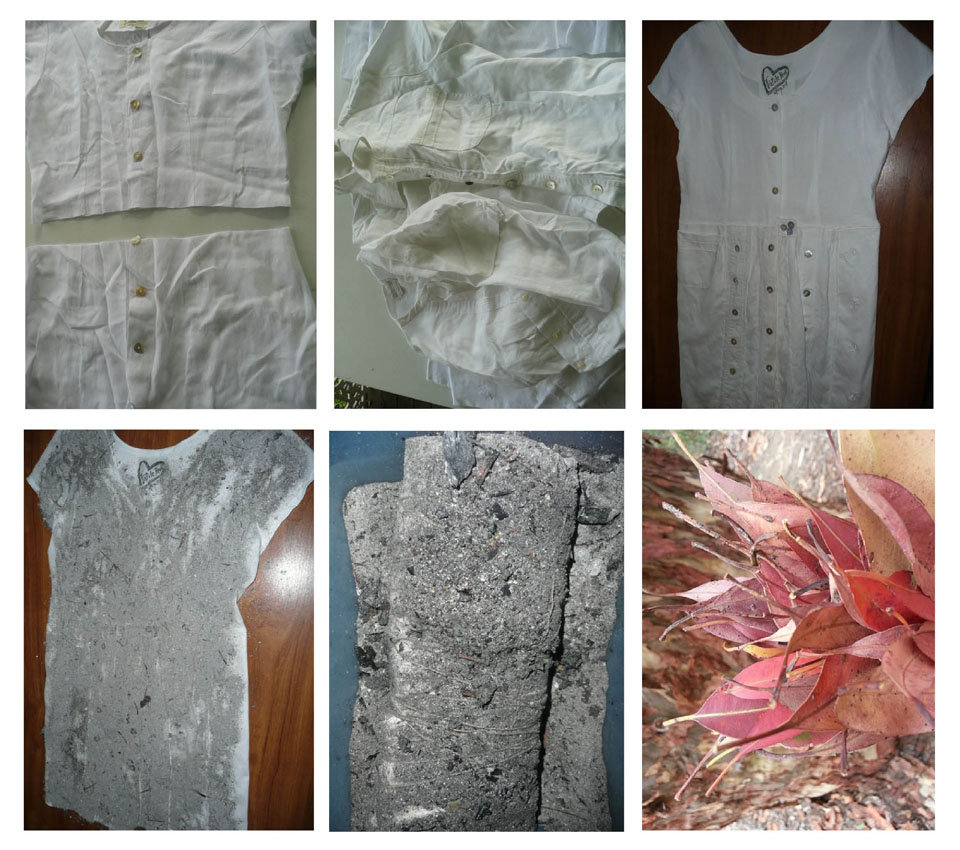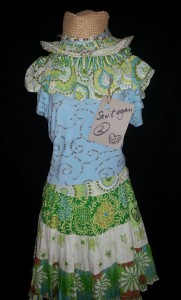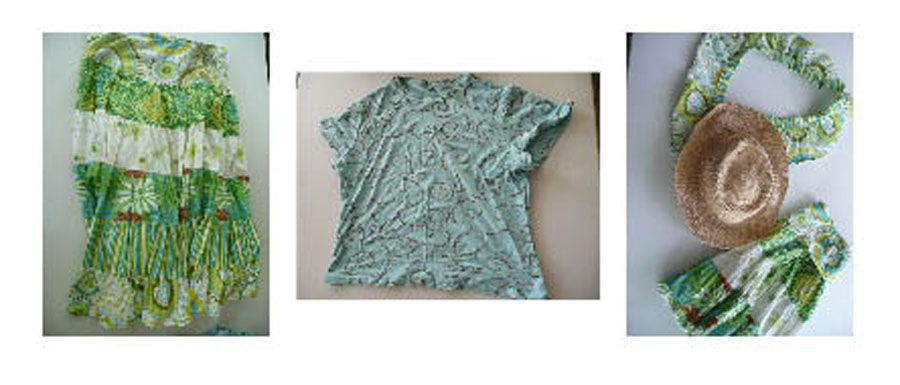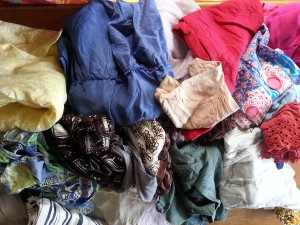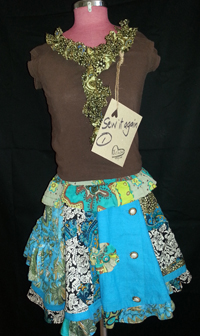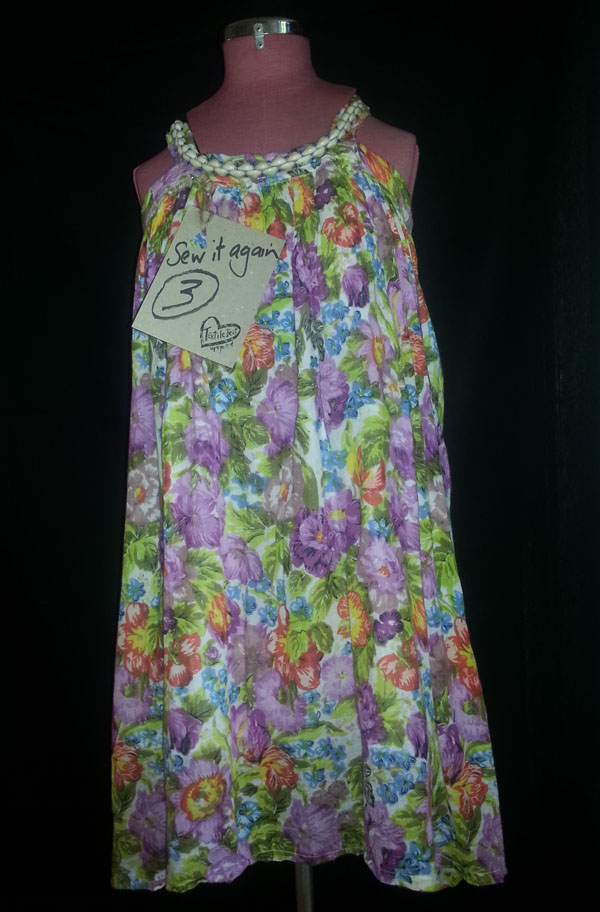 We are naturally attached to our clothes on a physical, emotional, even spiritual level. We wear them next to our skin, the biggest living organ in our bodies intrinsically linked to health and wellbeing.
We are naturally attached to our clothes on a physical, emotional, even spiritual level. We wear them next to our skin, the biggest living organ in our bodies intrinsically linked to health and wellbeing.
How we look and feel in our clothes is important at all stages of life, hence the multi-billion dollar global fashion industry.
But that industry had a watershed moment on April 24 last year, when 1133 people lost their lives in the Rana Plaza fire in Bangladesh. One of many insightful reports is Fashion Victims story by Sarah Ferguson and Mary Ann Jolle on ABC Four Corners
Fashion is coming to consciousness because of people’s growing interest in the ethics of where and how our clothing is made.
A tweet came my way this morning thanks to London slow-fashion consultant Veronica Crespi @rewardrobe, highlighting the launch of the Fashion Revolution Day USA campaign.
“This is part of a global movement to honour the lives lost last April 24th by both asking and answering one simple question Who made your clothes? Let’s revolutionize the fashion industry through curiosity, discovery, and direct action. Wear a piece of clothing #insideout and become a part of this global movement on 04.24.14.”
I’ve been making my own clothes for about two decades (more on that another day) and am now remaking, repurposing, refashioning clothes through a campaign of my own making Sew it Again.
When we consider the bigger picture of where our society is positioned with regard to climate change, constant consumption and excessive use of limited resources, transformational thinking about the sustainable reuse of natural resources is required.
In his book People, planet, profit, Peter Fisk says managing a business with a higher purpose is like committing to a better way of life. Sustainability is like a lifestyle change – to eat more healthily, to keep fit, to explore the world. By adapting your outlook, you see and seize new opportunities.
Fisk says a purpose behind profit is about defining how the business ultimately adds value to society. A purpose is energizing. It gives us cause and focus, and gives people a reason to love us.
I created Sew it Again 3 from an out-dated op shop dress that had a button-down top and long gathered skirt. I cut the top off, lifted up the skirt to make a muumuu that’s cool on hot summer days. I hand-sewed a shell necklace to the front, and sewed the necklace to an offcut of the old bodice at the back to make it the required length. The model is Belinda.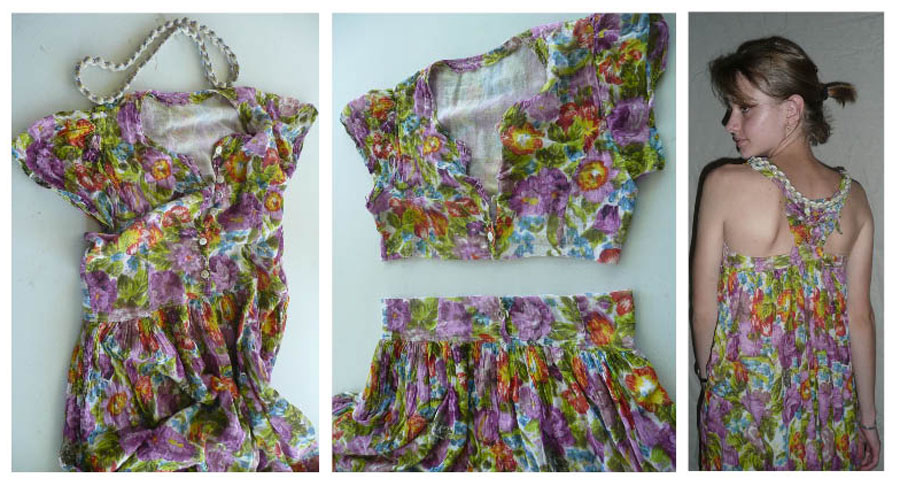
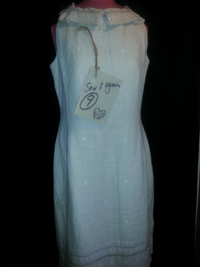 A dress length that flatters your shape is a very individual thing. Below knee is unflattering for me, which is why I cropped the bottom off this dress and turned it into a collar.
A dress length that flatters your shape is a very individual thing. Below knee is unflattering for me, which is why I cropped the bottom off this dress and turned it into a collar.